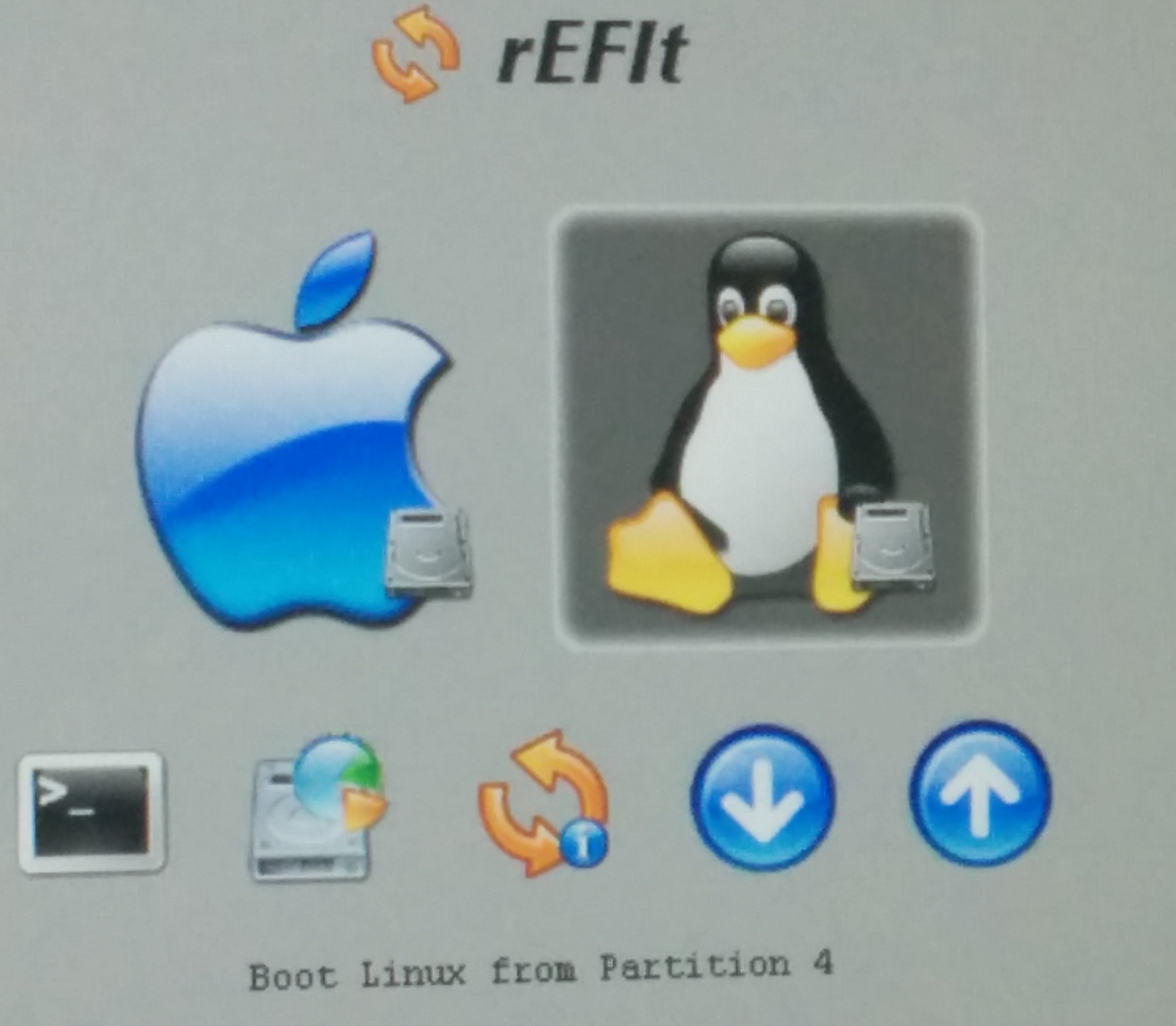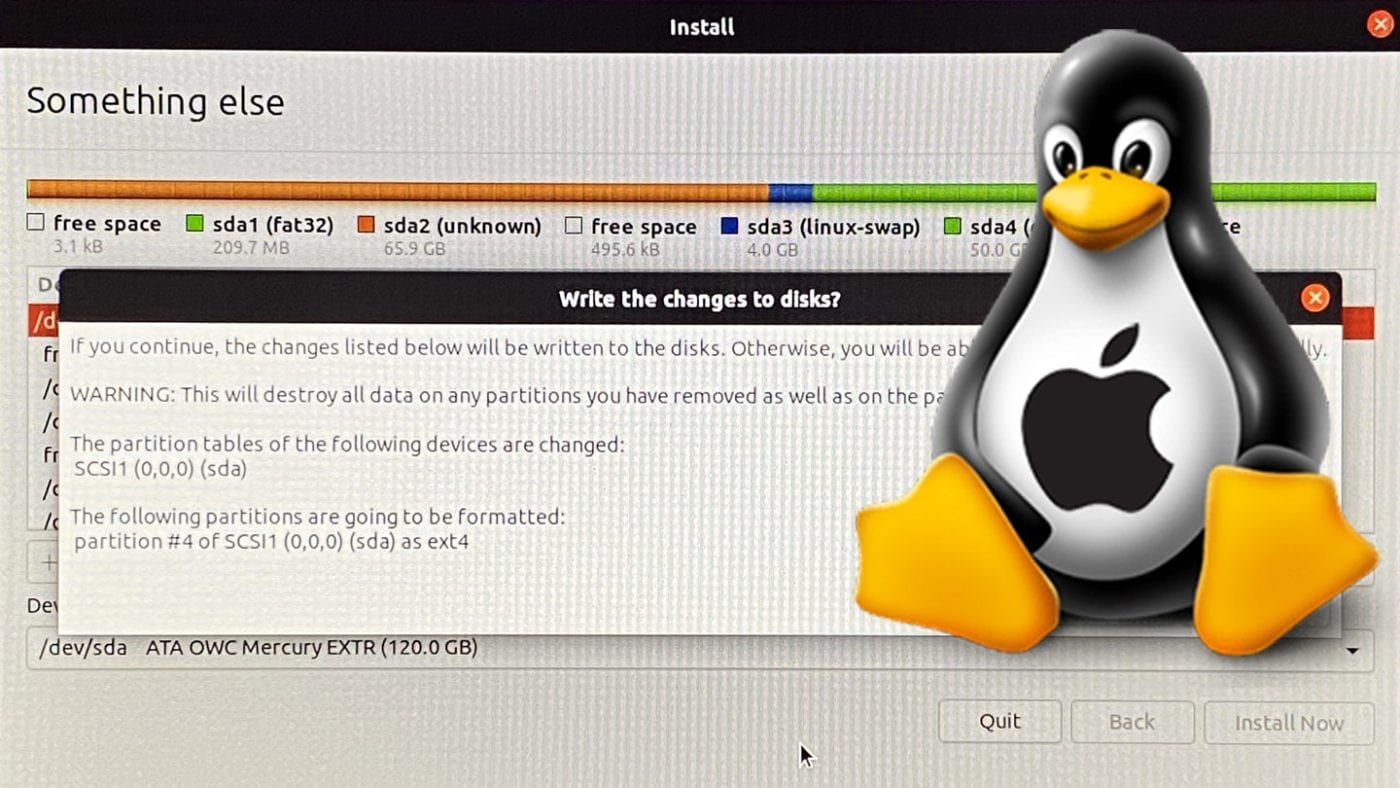
- #Install linux on mac mini 2006 how to#
- #Install linux on mac mini 2006 for mac#
- #Install linux on mac mini 2006 mac os x#
- #Install linux on mac mini 2006 install#
- #Install linux on mac mini 2006 iso#
#Install linux on mac mini 2006 how to#
Video tutorial to replace the HD of a Mac Mini <= Watch it to know how to replace the HD. In my case there is a 'Macintoch HD' and two 'EFI Boot', one is for rEFInd in USB drive, the other is for Grub2 in external SSD. Boot Mac mini and press Option key continuely until you see the Mac Boot Manager. Insert the USB drive and the external SSD to Mac mini, plug a display to Mac minis HDMI port.
#Install linux on mac mini 2006 install#
Things to do after installing Debian 8 <= One may try some of these suggestions - beware that you may risk messing things up and thus need to re-do a Debian install from scratch.Ĥ. Check the boot entry on Mac Boot Manager.
#Install linux on mac mini 2006 iso#
Video tutorial of booting up the Debian ISO <= Watch it to know what to do during the installation process.ģ.

#Install linux on mac mini 2006 for mac#
Debian net-install i386 ISO for mac <= a special version of the netinst CD image that is targeted specifically at 32-bit Intel Macintosh machines.Ģ. Here are some links that I have found useful:ġ. I am now using it on my Mac Mini 1,1 as I editing this post. DustinB3403 wrote: zachkoppolin wrote: Ubuntu or AntergOS Ubuntu is, well, the default answer most people will give you. To my relief, the open-source browser Chromium is still available for i386 cpu and it is pretty much identical to Google Chrome from a user perspective. But Google has stopped the support of its Chrome browser for i386 machine. I prefer Xubuntu and thus have chosen the Xfce desktop. Those who prefer Ubuntu could choose the GNOME desktop. There are plenty desktops to choose from including GNOME, Xfce, KDE, Cinnamon, MATE and LXDE. I then booted in to Ubuntu with the USB and the installation process started. After Ive created the bootable USB I restarted my MacBook and held down the Option key. I downloaded the ISO file and created a bootable USB drive with Balena Etcher. The Debian net-install i386 ISO for mac installs the base Debian linux only and requires internet connection so that it would download other desktop or server components. Swiss said: Hi folks, This morning, I tried to install Ubuntu 21.04 on my, I belive, 2018 MacBook Pro. Thus my Debian 8.7 is installed on an entire SSD without any issue with dual boot problem.
#Install linux on mac mini 2006 mac os x#
In my case, I have replaced the existing HD installed with Mac OS X by a blank unformatted 64GB SSD. I have now installed Debian 8.7 (pretty up to date) on my MAc Mini 1,1. I thus googled around and found a Debian net-install i386 ISO specially made for mac with one bootloader. Otherwise, the firmware will be confused and the ISO cannot be booted. It says that Mac Mini 1,1 firmware is very choosy - there must be only one bootloader in the ISO. I'm only posting this because I've already searched this database and tried everything that I could find and nothing worked.After failing to install Ubuntu or Xubuntu to my Mac Mini 1,1 (very old hardware version) from a Ubuntu or Xubuntu i386 ISO burnt on a DVD, I have stumbled on a webpage with very useful information. Mount the Lion DMG and run the Lion Installer (. If you already have 10.6.6 installed create a new partition for Lion via disk utility. The mac is from 2009, I've even tried installing ubuntu into virtual box and used dd to copy it to the flash drive, also made a backup image via dd of the virtual machine and tried restoring it to my second partition and neither of the two options have worked. Hi Everybody, The following will be of use to people who have upgraded their old Mac Minis from a Core-Solo or Core-Duo to a Core2Duo and want to run Lion.

And when I boot and select my flash drive to boot from that's when the screen flashes like any normal boot and throws the error. I do have refit, or actually refind which is a continuation of refit because refit isn't maintained anymore. so unfortunatly I can't even completely format a new copy of mac without downloading an image from the internet and copying it to a pen drive also. It doesn't accept any types of cds besides blanks. I'm currently trying to install windows 7 into VirtualBox to start trying from windows, so I'll respond when I do, but why has every attempt of mine failed after checking and rechecking to make sure I do it right, made sure I was dd to the disk and not the partition. I've now been trying for three weeks and and I have downloaded each Ubuntu many times and checked everyone of then and even installed them in VirtualBox. I only have the mac option for now so I'm not able to make a bootable USB on windows and every time I try to boot it says isolinux.bin missing or corrupted (except with the other program i don't recall what that error was, it was an early attempt.) I've been trying to install Ubuntu 12.04, 13.04 and 13.10 onto my mac mini using every tutorial I could find using dd or even a program similar to UNetbootin for mac, and nothing seems to be working.


 0 kommentar(er)
0 kommentar(er)
